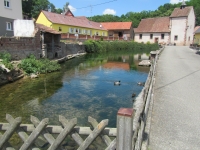
The Sainte-Barbe chapel in the background was probably one of the successors of an ancient pagan sanctuary.
| For the photo's, see below |
| Home / the complete website |
| Item | Info |
|---|---|
| Length | 19 km |
| Cross-section | bore 0,19 - 0,22m |
| Volume | 2.000 m3/day |
| Gradient | 0,3 % |
| Period | 2nd c CE |
| Features |
|
| Recommended literature : |
|
| Recommended websites : | |
| How to visit : | see above |
| HOME | More literature on more aqueducts | Last modified: July, 2015 - (webmaster) |

Lac de Kuttolsheim |
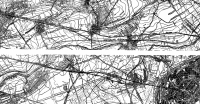
Map of the aqueduct |
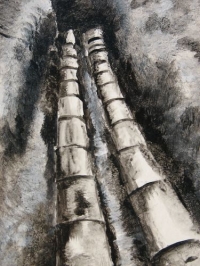
Excavation |
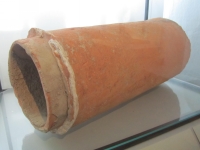
Pipe at display |
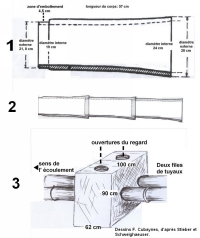
Decompression unit |
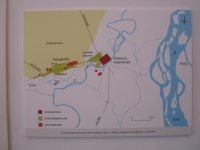
West of Strasbourg |
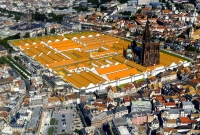
The military camp |

Lead plate |
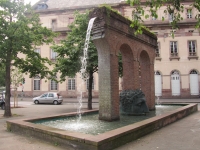
Janus fountain |